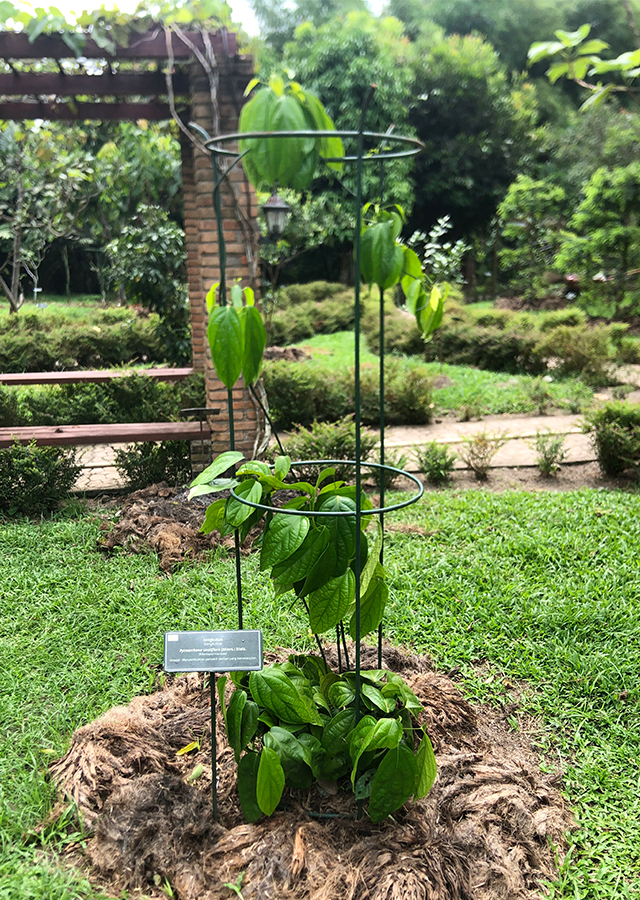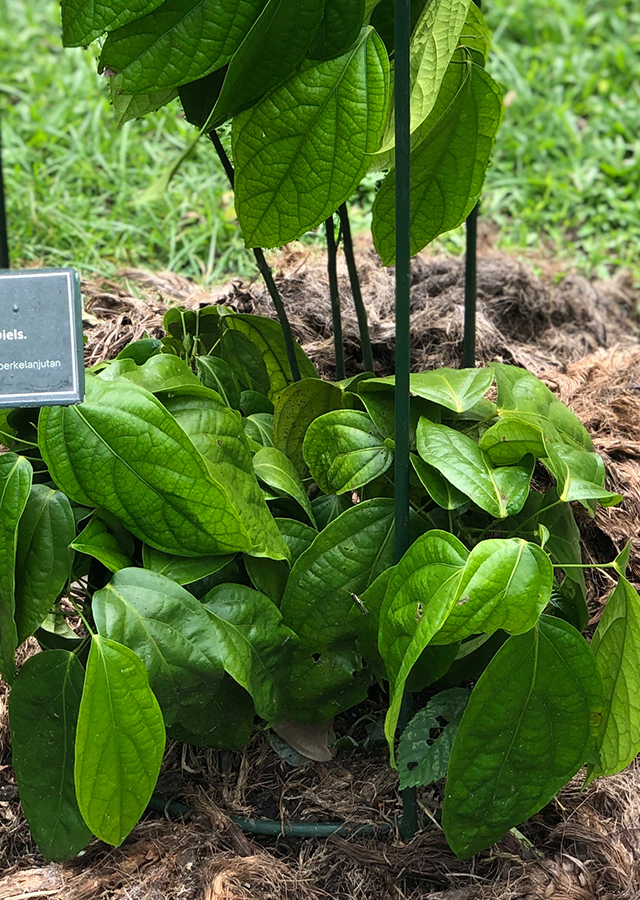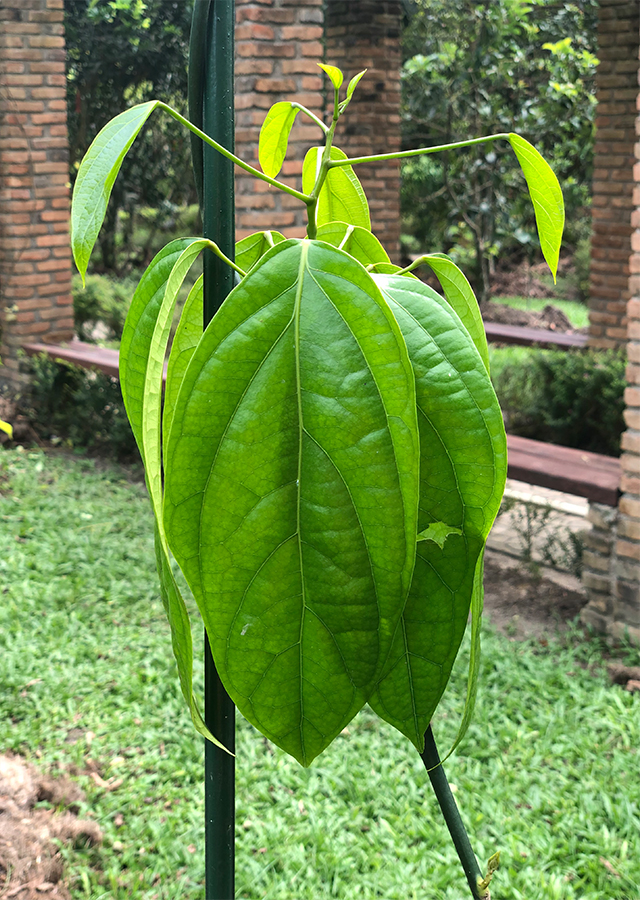Traditional Herbs from Pycnarrhena longifolia
reduce_fever_and_headache
- Take sengkubak leaves, wash them until clean.
- Soak the leaves in hot water for 30 minutes.
- Let it warm then drink it to reduce fever and headaches.
What is Pycnarrhena longifolia Looks like??



Parts of Pycnarrhena longifolia that could be used
- Leaves
- Roots
- Stems
Pycnarrhena longifolia Distribution
Sengkubak or Pycnarrhena longifolia, a plant from the Menispermaceae family which originates from tropical rainforests in Central and South America. In Indonesia, sengkubak is also an endemic plant around the Kayan Mentarang National Park, West Kalimantan and grows wild in the Kars Bukit Bulan area in Jambi. This plant (the young leaves) has been used for generations by the people living there as a natural flavor enhancer to replace synthetic flavor enhancers, such as MSG. These leaves provide a savory taste to dishes. Apart from that, many people also use it as a cooking spice, fresh vegetables, natural dye for cloth, and traditional medicine. Sengkubak has bioactive compounds that have the potential to be used in the fields of pharmaceuticals (therapeutic agents), cosmetics (anti-acne drugs, fragrances or perfumes), and food (natural flavors and sweetening agents). This plant is also a natural antioxidant that can ward off free radicals or oxidation. However, forest land conservation has reduced the number of these plantsAgroecology of Pycnarrhena longifolia
Sengkubak plants are generally found growing in lowland areas around 100 - 150 m above sea level, in hilly areas above 500-1500 m above sea level. Found in secondary forest and tropical rainforest habitats. They like places with full sunlight and watering. regularly, it can also grow in the shade of tall trees.
Morphology of Pycnarrhena longifolia
- Woody stem.
- The leaves are arranged in pairs and\u00a0opposite, green in color. Oval in shape, similar to brown leaves. The top is rounded and the base is blunt to rounded.\u00a0The lateral nerves consist of 6-8 pairs.", "Flowers\u00a0small, white or yellowish, star-shaped with five petals (corolla).
- Round fruit (globose),\u00a0smooth\u00a0tomentous\u00a0or pubescent.
- Seeds are small, black, ovoid.
Cultivation of Pycnarrhena longifolia
- Plant propagation is through seeds, cuttings or from sprouted roots. However, propagating this plant is not easy.
Pycnarrhena longifolia, more details :
Chemical Content of Pycnarrhena longifoliaSteroids, terpenoids, flavonoids, saponins, polyphenols, tannins, alkaloids (obaberine, homoaromoline, aromoline, daphnoline, limacine, krukovine, magnoflorine and pycnarrhine), acetic acid, butyl ester (CAS), sabinene, cis-ocimene, alloaromadendrene (CAS) , alpha.- bergamotene (CAS).
Benefits of Pycnarrhena longifolia
Treats cholera, headaches, tumors, seizures, malaria, flatulence, eye irritation, snake bites, postnatal care, reduces fever, prevents skin diseases. Has anticancer, antioxidant, anti-inflammatory, antiseptic, anti-acne and analgesic activity.
Simplisia of Pycnarrhena longifolia
- Pick enough sengkubak leaves and then clean them.
- Once clean, mash the leaves or cut them into small pieces.
- Then dry them or air them.
- After drying, store the sengkubak leaf simplicia powder in a closed, airtight container." ]
Another Facts for Pycnarrhena longifolia :
Synonym of Pycnarrhena longifolia
Cocculus longifolius� Decne. ex Miq., Antitaxis cauliflora� Miers, Pycnarrhena cauliflora� (Miers) Diels, Kibara timorensis� Boerl. ex Diels
Habitus of Pycnarrhena longifolia
Bush. Shrub plants, lianas, grow in twists and often climb tall trees. Its height can reach 10-50 cm, it can even reach 2 m and has many branches.
Habitat of Pycnarrhena longifolia
- Forest
No comments:
Post a Comment